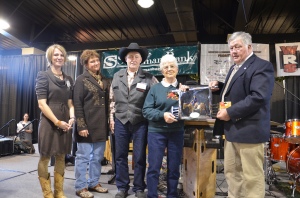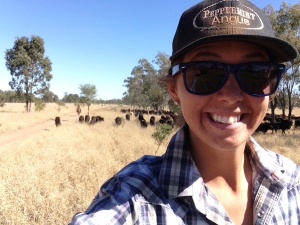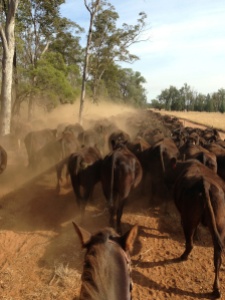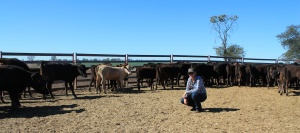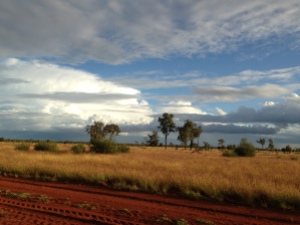Montana Rancher Q and A: John Henry Beardsley, Miles City
Like many Montanans, cattle ranching goes back several generations in the family’s history. One of these ranchers is John Henry Beardsley of Miles City, Montana. John Henry grew up on his family’s ranch and recently, graduated from Montana State University. Today, we learn what his next steps are and how the family ranch plays a role in his future….
What is the history of your family’s ranch?
The ranch was homesteaded in 1910 by my great-grandpa John Henry Beardsley. My Grandpa, John Henry, kept slowly building the ranch by raising crops, kids, cattle, horses, pigs and sheep. My dad, Jim Beardsley, has expanded what my grandpa had to where we are today.
What is the ranch like today?
Our cow herd consists of Angus and Red Angus cows that we have developed through 40+ years of artificially inseminating (A.I.). We use Hereford bulls on the cows now and still have an A.I. program in place. Recently, we started doing a terminal cross and have been really pleased with it for its marketing and maternal aspects. We strive to raise a very low input, productive cow that will make a living for herself. We have a rotational grazing program in place and have developed water to enhance grazing.
Can you describe a hardship that your family had to overcome on the ranch?
The process of trying to keep the ranch in the family and pass it on to the next generation…while having it be a successful business.
Can you recall any advice your grandparents gave you about ranching?
I was never fortunate to meet either of my grandpas, but people tell me stories of my grandpa Beardsley and how he started with nothing…but went on to build an operation to support his family and make a manageable business. It shows me that with hard work and dedication, you can achieve anything.
 What are a few things you’ve learned growing up on a ranch?
What are a few things you’ve learned growing up on a ranch?
- Taking care of the land. I have learned from a very young age that if you take care of the land it will take care of you.
- How to be a entrepreneur. When I was little I would always get frustrated of why dad wouldn’t just do something and it seemed as easy as just writing that check to pay for something. When you get behind the books and see how its done, you lose that mindset in a hurry.
- Not everything is wine and roses, but there are so many little things in everyday ranch life that makes you stop and enjoy what you are doing.
What does Montana family ranching mean to you?
Montana ranching is one of the biggest conservation groups that I have been around. Every rancher is a steward of the land while sustaining a viable operation that helps supply the world with a great source of protein and creating an environment that is appealing to families and making memories.
What do you hope the ranch (or business) will look like in 10 years? 50 years?
I hope to keep expanding the ranch. The future excites me in not knowing what it will hold. We recently went back to our roots with raising sheep on the ranch. I hope to follow in past generations footsteps and keep expanding and moving forward.
Is there anything else you would like to share?
I recently signed on as a representative for Superior Livestock Auction, with my partner John Andras of Big Timber, MT. We operate as J&J Cattle Marketing LLC. This past year has been one full of windshield time, but at the end of the day I couldn’t ask for a better job. I am very excited about this position and the network of people I have met over my short time here has been incredible.
I am very proud to say that my four siblings and I are all involved in agriculture. My family is great to have around, because we are all different enough that we look at a situation in five different ways, and definitely makes you keep an open mind. I have five nieces and three nephews that make it so there is never a dull moment.
To participate in a future Q&A or to recommend someone from the Montana ranching community, please contact [email protected].




